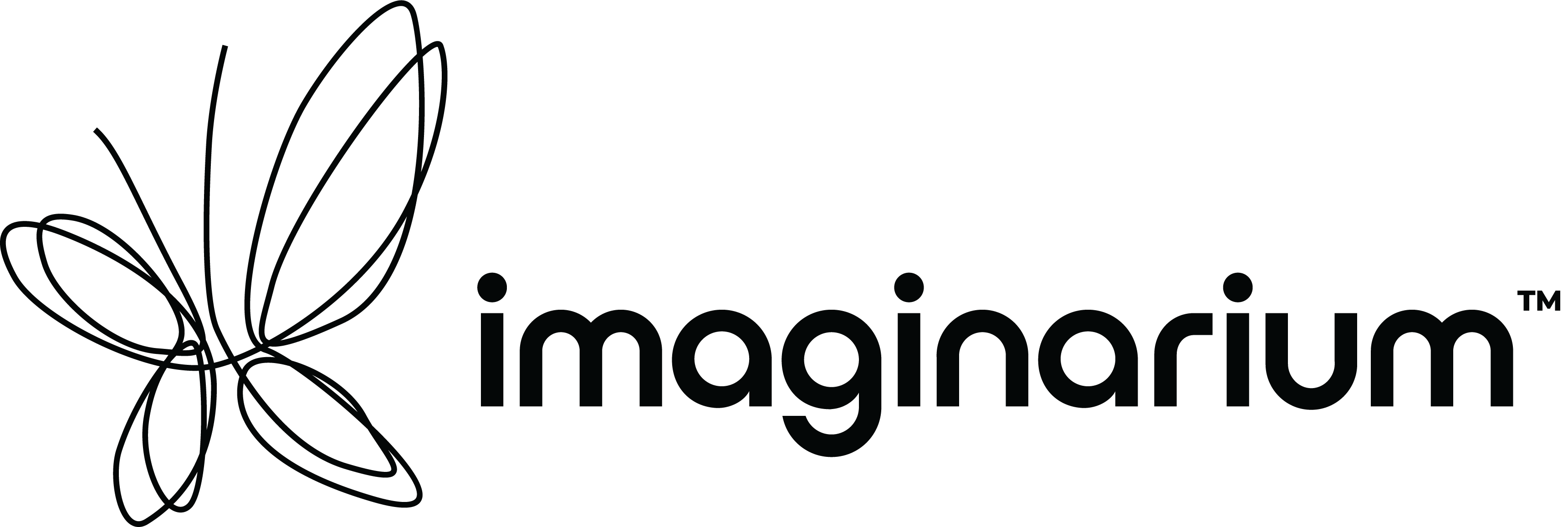An introduction to 3D printing, explained using day to day examples and simple terms.
Have you ever wondered what exactly is 3D printing? How does it work? This basic guide explains everything there is to know about 3D printing.
- The Basics
- Uses of 3D Printing
- Materials used in 3D printing
- 3D printing processes
- Sustainability in 3D printing
- History of 3D printing
1. The Basics
How are things made?
Most products are made through one of two manufacturing methods – formative or subtractive.
In formative manufacturing, a liquid is poured into a machine and shaped/moulded into the desired solid form.
In subtractive manufacturing, a chunk of solid material is worked upon by a machine, where the machine removes excess material to form the desired shape.
What is 3D Printing?
The process by which a drawing made on the computer is converted into a physical object by adding thin layers of the material one on top of the other. The layers merge together with the addition of each new layer.
The process is similar to making icing flowers for cakes. Icing flowers are made by adding layers of icing upon each other until the desired flower shape is formed, and in 3D printing, the objects are made by adding layers of the desired material one on top of the other until the desired geometry is achieved. More complex processes are comparable to making churros, where the dough is piped into hot oil, fried, and then coated with sugar and cinnamon. Similarly, in a more difficult 3d printing process the material is shaped and then treated either through the introduction of light or high heat.
The process of making icing roses in layers is similar to that of 3D printing. Source: Preppy Kitchen
How is it different from additive manufacturing?
Additive manufacturing is the technical term for 3D printing, and they both refer to the same thing. Just like eggplant and aubergine refer to the same vegetable, both terms refer to the same technique.
2. Uses of 3D Printing
What is 3D printing regularly used for?
What object have you come across that may have been 3D printed?
Hearing aids – Hearing aids were initially generic and ill-fitting but with the advent of 3D printing they are now customised and comfortable to wear. A mould is taken of the inner ear which is 3D scanned and the hearing aid is then modelled according to the contours of the inner ear.

Left: A mould of the ear is taken, Right: A hearing aid made using
the data generated from the mould Source: Sonova
Clear aligners – plastic versions of dental braces used to adjust teeth. These orthodontics are 3D printed using clear plastic medical grade resin.
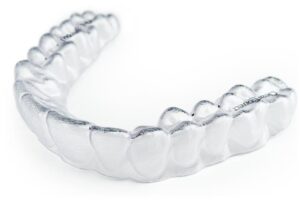
Clear aligner for the bottom teeth. Source: smilesourcespokane
Orthotics – traditional casts are made from plaster and synthetic bandages. They’re often heavy, not water resistant – making bathing difficult, and cause skin to become dry and scaly leading to dermatological issues. 3D printed casts are lightweight, last longer, and are resistant to water damage.
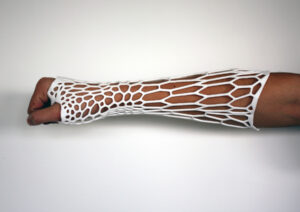
A 3D printed cast providing support to the wrist
and forearm. source: arch2o
Prosthetics – 3D printed prosthetics are cheaper than regular prosthetics. They’re exceptionally beneficial to children as they can be easily replaced and modified as the child grows. 3D printed prosthetics have helped animals by developing a prosthetic leg for dogs, a prosthetic beak for birds, and even a shell for an injured tortoise.

Phoenix Hand from E-NABLE. Source: amputee-coalition.org
Healthcare – patient-specific hip, shoulder, mandibular, and cranial surgical implants.
To help increase surgical accuracy, doctors now use surgical guides that mark the point of incision in surgery for more precision, and they make anatomical models illustrating tumours and other complications in a patient to prep for surgery and as visual aids for students.
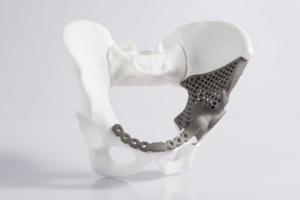
Hip implant. Source: EOS
Architecture models – Study and final models to help understand the shape, form, and tangibility of a space.
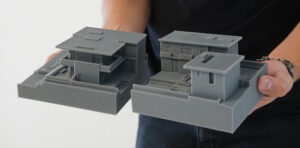
An architectural model made using SLA. Source: Formlabs
Shoes – Adidas released their line of futurecraft 4D shoes that features 3D printed midsoles. They collaborated with parley on a line of shoes that were made with ocean recycled plastic, and the midsoles of these shoes are made by 3D printing the recycled plastic. Nike’s range of Flyprint features 3D printed uppers and the shoes are said to be light and improve running performance. Reebok’s liquid floatride run range features liquid laces and grips made using 3D printing.

Shoes from Left: Adidas’ Futurecraft 4D with printed soles, Centre: Adidas’
Parley line with 3D printed midsoles, Right: Reebok floatride shoes.
Source: Adidas, Reebok
Jewellery – The jewellery industry was one of the first industries to adopt 3D printing in their standard production process. Designers print prototypes of their designs using a 3D printer and use the prototype in investment casting to achieve the required result.
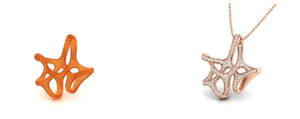
A resin print of a pendant that is cast to gold
through investment casting.
Tooling – 3D printed moulds can now be used in injection moulding. The moulds can be used to manufacture a few hundred parts, are cheaper than metal moulds, and faster to manufacture. 3D printed moulds help in small scale test runs before moving into full-fledged manufacturing.

3D printed mould. Source: plastix-world
In the automotive industry – when a car is designed, every detail of a feature is 3D printed in miniature for aerodynamic testing.
Parts like air vent assemblies, side mirrors, headlights, battery covers, front and rear bumpers, are 3D printed to explore multiple design iterations for the best fit. In car interiors, the dashboard fixtures and centre console can be customised according to preference by 3D printing.
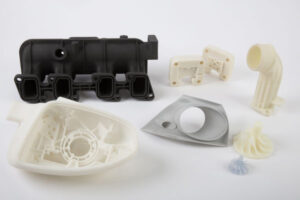
Various parts printed for prototyping.
Source: prodways
In manufacturing – grips, jigs, and fixtures are workpieces used in machining, positioning, and assembling of parts. These workpieces are generally made from CNC machined metal. By using 3D printing to make these workpieces, the process becomes faster and promotes worker safety as they’re lighter and have higher accuracy.
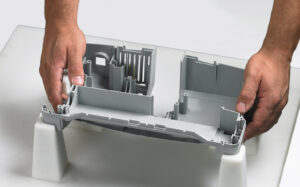
A jigs used in manufacturing. Source: 3Dhubs
Aerospace – components of aircrafts are 3D printed and they undergo aerodynamic testing. After each test, the design is modified and adjusted based on the results, and a new prototype of the part is printed for aerodynamic testing. 3D printing is used to print placeholder parts that are eventually replaced in the final assembly.
Cinema – many props and costumes used in movies are 3D printed. California based Legacy Effects printed Iron Man’s suit for Iron Man 2 and Avengers. New Zealand based Weta Workshop has developed many props for The Hobbit, Hercules, and King Kong. The 2018 box office hit, Black Panther had 3D printed costumes which won costume designer, Ruth E Carter the 2019 Academy Award for Best Costume Design.

Top: Queen Ramonda’s Collar and Headpiece,
both 3D printed in Nylon PA 12 using SLS won
Black Panther the 2019 Academy Award for Best
Costume Design. Source: dezeen.com
Bottom: Hela’s helmet in Thor: Ragnarok Source: marvel.wikia
Studio Laika, known for their stop motion animation movies, use a combination of 3D printing and CGI to make their movies. In stop-motion, animators pose puppets and capture a still photo. They then move the puppet for the next photo. Playing back the resulting photos as frames of a film creates the illusion of the puppet moving. The puppets start off as metal skeletons onto which the animators attach a mouth plate and faceplate allowing different expressions. In Kubo and the Two Strings, the fourth movie from the studio, they took their production to the next level by making nearly 200 puppets. The main character, Kubo, has over 11,000 mouth positions, 4,429 brow motions and a total of 23,187 difference faces with more than 48 million possible expressions. The faces were 3D printed, cleaned, and hand painted to look more organic. Each faceplate is indexed and stored in a library to help achieve the correct expression.

Left: Face-plates for the monkey and the beetle Source: theverge, Centre: Monkey face-
plate Source: thefilmstage, Right: The various face-plates for Kubo Source:cgmeetup
3. Materials Used in 3D Printing
What materials can be 3D printed?
Depending on the process and use, a wide variety of plastic and glass/ceramic materials can be used for 3D printing.
The most common materials used for 3D printing are:
– ABS
– PLA
– Nylon (PA6 and PA12)
– Resins (rubber, accura 25, accura 60)
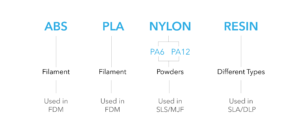
With the advent of metal 3D printing, stainless steel, aluminium, and titanium can now be printed.
As 3D printing becomes more widespread, innovations in the field now allow ceramic, glass, and sand to be 3D printed. Some researchers have used biocompatible materials to print organs, skin, and tissue in a bid to understand the human body better.
4. 3D printing processes
Stereolithography (SLA) – SLA was the first additive manufacturing process to be developed in 1983 by Charles “Chuck” Hull.
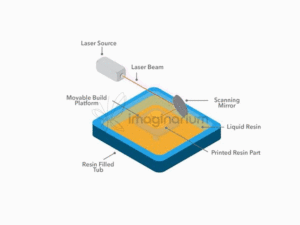
SLA uses a laser UV light to cure (solidify) liquid resin in a vat. The laser is aimed at the surface of the resin and it traces out the cross section of a layer from the data received from the digital (CAD) model. The laser builds the object layer by layer and the build platform moves as a layer is completed. The process is repeated until the entire object has been completed. The object is then cured using UV light in an oven like machine to fully solidify the object.
Printing an object through SLA requires supports that have to be manually removed once the print is done and some further finishing may be required.
SLA can be used to print strong and rigid, flexible, and durable parts.
Selective Laser Sintering (SLS) – SLS was patented by Carl Deckard in 1987.
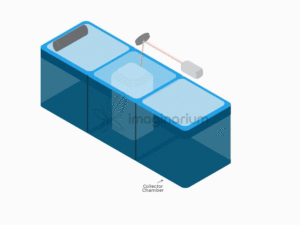
In SLS, a CO2 laser is aimed at a powder bed which heats and fuses or sinters the powder together to form a layer. As each layer is completed, the powder bed moves downwards and a levelling roller spreads the unused powder across the bed. The process is completed until the object is printed after which the powder bed is emptied of powder and the object is allowed to cool. As the object is surrounded by powder while printing, no additional supports are required and some finishing may be required.
SLS can be used to print durable, high-temperatures resistant, and biocompatible parts.
Fused Deposition Modelling (FDM) – In 1989, Scott Crump, co-founder of Stratasys filed a patent for FDM. Although FDM was introduced after SLA and SLS, it is one of the most widely used technologies and what commonly pops up when someone mentions 3D printing.

In FDM, the material (in filament form) is loaded into the printer and fed through the printing nozzle. The filament is heated and extruded/ pushed out through the printing nozzle on to the build platform layer by layer. The material cools down and solidifies as it is deposited on the platform. As a layer gets completed, the build platform is lowered and the next layer is printed. This process is repeated until the entire object is completed.
FDM printing is similar to using a hot glue gun. In a glue gun, the glue stick is inserted into the gun and the stick is heated up. Liquid glue is then extruded from the nozzle and applied to an object.
While FDM is most commonly used to print plastic, metal can also be printed using FDM. Metal powder is added to plastic filament which is printed normally through FDM. Once the object is printed, it is sintered causing all the plastic to melt away and the metal powder to fuse together.
FDM can be used to print low-cost and quick prototypes.
Material Jetting – Material jetting using polymers first emerged in 1998, when Objet Geometries (now a part of Stratasys) introduced their proprietary technology. The technical term for this process is Material Jetting but is also commercially known as Polyjet.
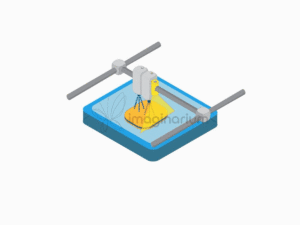
Material jetting is similar to the 2D inkjet printing process. A print head, similar to that of an inkjet printer, deposits droplets of light sensitive photopolymer material onto the print bed and these drops are solidified under UV light. Once a layer is completed, the print bed is lowered and the sequence is repeated until the object has been printed.
Material Jetting can be used to print very accurate, fine, and rubber-like parts.
Digital Light Processing (DLP) – Larry Hornbeck of Texas Instruments invented the DLP technology in 1987. In 2000, Envision Tec’s Al Siblani and Alexandr Shkolnik developed the first functional prototype of a DLP printer.
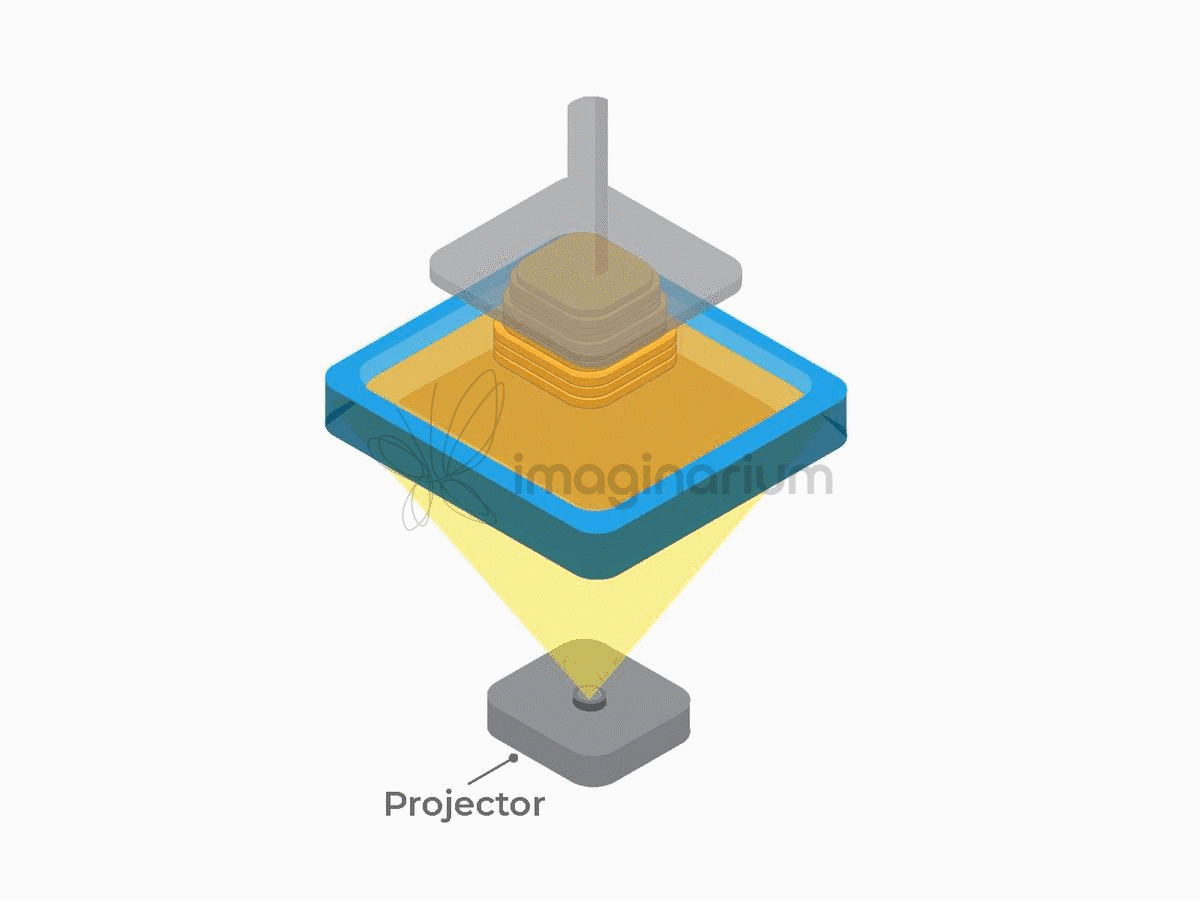
Like SLA, DLP also uses a resin based system. In DLP, a UV light projector flashes an image of the layer onto the build platform. The resin that has been exposed to the flash solidifies into a layer and the build platform then moves upwards. The UV light projector flashes an image of the next layer and the whole sequence is repeated until the object has been printed.
As an entire layer is exposed to the UV light at once, DLP is generally faster than SLA. DLP uses a UV projector to flash an image, one layer at a time. This causes the layer to be printed in pixels, eventually creating voxels (volumetric pixels) which may require post processing for the desired smoothness.
DLP can be used to print strong and rigid, flexible, and durable parts.
Multi Jet Fusion (MJF) – HP ventured into 3D printing in 2014 with their new Multi Jet Fusion technology.
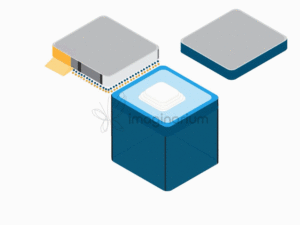
MJF is completed in two passes – in the first pass, material is deposited onto a heated print bed. In the second pass, detailing and fusing agents are deposited on the powder bed while a fusing lamp fuses the material together where the fusing agent has been deposited. For part edges that are smooth and well defined, the fusing agent is applied on the material area and the detailing agent modifies the fusing process to create fine detail and smooth surfaces. Once both passes are completed, the sequence is repeated and the next layer is printed. After the build is complete/ the object has been printed, the print bed is emptied of unused powder, the object is removed, dusted, and dyed if required.
MJF offers full voxel (a volumetric pixel) control while producing high accuracy parts at ten times the speed and can be used to print strong, chemical resistant, and bio-compatible parts.
Direct Metal Laser Sintering (DMLS) – EOS produced the first commercial DMLS printers in 1995.
3D printing metal requires additional supports as the metal is prone to warping at high temperatures.
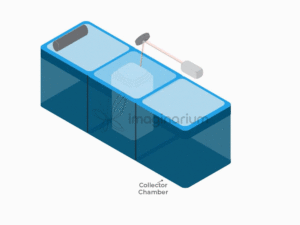
DMLS works just like SLS. The build chamber is first pumped with an inert gas and heated to the required temperature. A thin layer of metal powder is spread evenly over the build platform and a laser scans the cross section of the part, fusing the material together. Once a layer is scanned, the build platform is lowered and the sequence is repeated until the print is complete. When printing is done, the build chamber is allowed to cool before the excess powder is removed.
Before the part can be used, it must undergo some post processing steps. The part must undergo a thermal cycle (where it is first heated, then cooled) to relieve any internal stresses that develop during printing. The part is essentially welded to the build platform and needs to be removed using a wire EDM cutter or band saw. The supports need to be removed either manually or through CNC machining.
Further post processing like smoothing, polishing, and machining for dimensional accuracy can be done.
5. Sustainability in 3D printing.
With the growing rise of 3D printing, an often asked question is whether 3D printing is sustainable
To recognise 3D printing as sustainable, we must understand what factors make technology sustainable.
Technology is considered sustainable if:
– It conserves resources
– Allows reuse and recycling
– Is energy efficient
– Minimises environmental impact and reduces pollution.
There are two key elements that allow 3D printing to be considered as sustainable:
– Reduces waste: unlike subtractive manufacturing, there’s very little waste generated through additive manufacturing. 3D printing also reuses plastic waste as traditionally generated plastic waste is often recycled into filaments that can be used in the 3D printing process.
– The accessibility of the technology: With the increase in accessibility of 3D printing, parts can be produced locally which reduces transportation and any other logistical impact.
The other factors to take into consideration are:
– Unused material is reused in powder based processes
– It allows part replacement for obsolete products, allowing that product to be used for much longer.
– When parts are designed keeping Additive Manufacturing in mind, designers can eliminate extra assemblies and consolidate various assemblies into one part, making it lighter and easier to manufacture.
e.g. Airbus 3D printed a titanium cabin bracket that was lighter than a traditionally manufactured part, which reduces fuel consumption and other emissions.
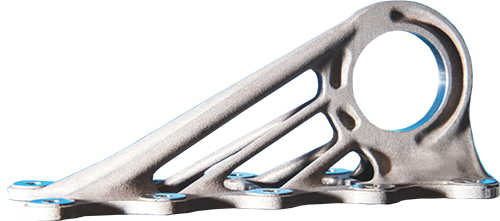
This titanium-alloy 3D-printed bracket, produced on a Concept Laser
machine, is used on the Airbus A350 XWB. It’s significantly lighter than
the previous part, milled from aluminium. Source: 3dmpmag.com
– One of the most commonly used materials in 3D printing, PLA is a corn-based biodegradable plastic which can be easily recycled or incinerated and can be composted industrially.
– More filaments are being made of recycled coffee beans, cork, hemp, etc.
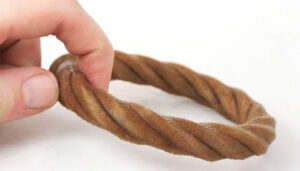
A hemp filament. Source: 3Dnatives
While 3D printing can be considered sustainable, it cannot be considered to be a green technology because of the impact of raw material production and waste management.
6. A brief history of 3D printing

1980: Dr Hideo Kodama filed the first patent for a method, initially proposed in a research paper, that uses a UV light to harden photopolymers. His patent application did not go through in time and he was unable to commercialise it.
1984: French inventors led by Alain Le Mehaute applied for a similar patent but their application was dropped by General Electric as they didn’t foresee any prospective business applications in the area.
1986: Dr Charles Hull filed a patent for Stereolithography and developed the STL file format – both accomplishments helped the launch of additive manufacturing.
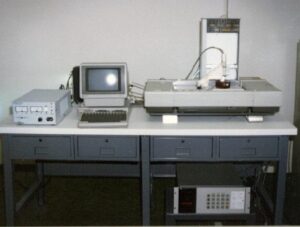
The first SLA printer designed by Charles Hull. Source: 3Dprint
1987: Larry Hornbeck of Texas Instruments invents Digital Light Processing.
1988: Carl Deckard filed a patent for Selective Laser Sintering, a technology he had been developing since he was an undergraduate student.
1989: Scott Crump invents and files a patent for Fused Deposition Modelling. He was trying to make a toy frog for his daughter by using plastic and a hot glue gun when he came up with the idea for the extrusion based technology. Him and his wife, Lisa cofounded Stratasys later that year.
1995: EOS unveiled the first commercial DMLS printer which would manufacture metal tools for plastic injection moulding.
1998: Polyjet, a Drop on Demand system is developed by Objet. 3D Systems simultaneously develop Multijet Modelling, another Drop on Demand system. Drop on Demand is the first system to allow multi material printing.
1999: A lab grown urinary bladder is successfully transplanted into a patient. The bladder was printed using CT scans (DICOM data) of the patient’s bladder. Cells grown from the patient were layered onto the bladder so that it wouldn’t get rejected by the body.
2004: Adrian Bowyer founded the RepRap project, an open source project that builds a 3D printer which can print its own components. The project aims to democratise 3D printing by having people print a printer for their friends.
The design of the first printer “Darwin” was released in 2007.
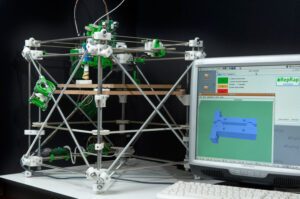
The Darwin printer, the first printer from the
RepRap project. Source: RepRap
2008: The first 3D printed prosthetic leg is created and used “as is” without any assembly.
2009: The FDM patent expires, allowing multiple players to enter the printer market making 3D printing via FDM mainstream.
2011: Engineers at the University of Southampton design and print the first unmanned aircraft. KOR Ecologic present the Urbee, a prototype car with a 3D printed body.
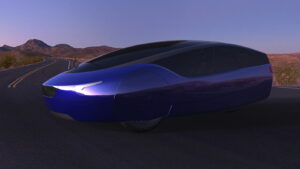
The Urbee. Source: dexigner
2016: HP enters the 3D printing market with the Multi Jet Fusion technology.
Interested in using 3D printing to manufacture your own parts? Log on to rapid.imaginarium.io or write to us at hello@imaginarium.io
For any queries on 3D printing, write to us at hello@imaginaium.io, our experts will be happy to answer your questions!
More resources
